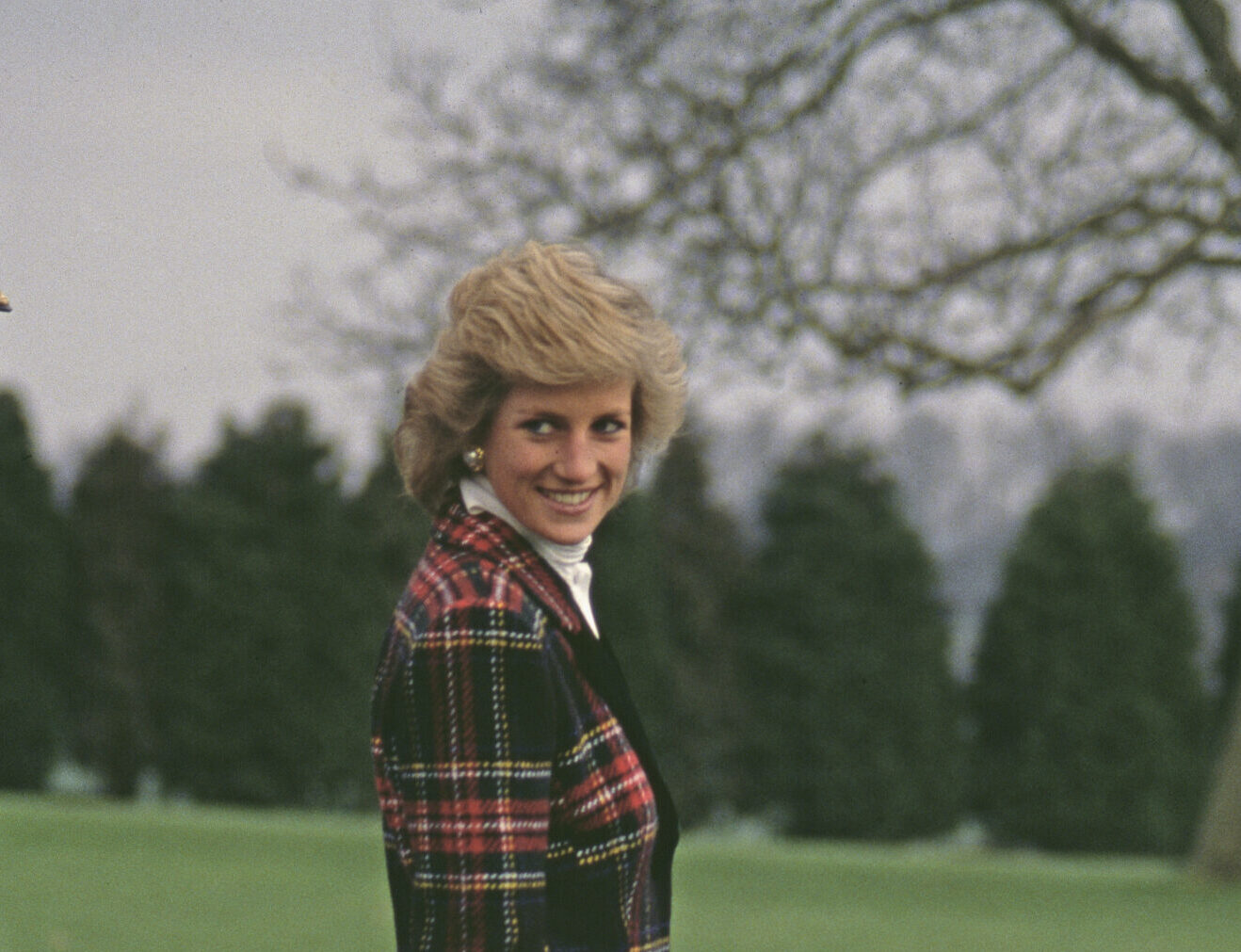Fashion
The fake history of Scottish tartan

Nostalgia for the past remained, however. But it was commerce that revived tartan. In the early 19th century, a family of entrepreneurial merchant weavers in Edinburgh started a successful business matching tartans to clans, reinventing old designs or offering entirely new ones for “chieftains”. Scott dialled this polite fiction up to 11 — and tartan was established as one of the ultra-symbols of Scotland.
Some baulked at the artifice of it all. One Edinburgh resident complained that Scott had “ridiculously made us appear to be a nation of Highlanders, and the bagpipe and the tartan are the order of the day”. His own son-in-law referred to it as a “hallucination”. But many embraced Scott’s romantic retconning of history. The king himself was delighted to claim his Scottish roots, and strut about in a Royal Stuart tartan mini-kilt and pink tights. Lowlanders began dressing in the colours of imaginary highlanders and the tartan biscuit tin was born. Two decades later, Queen Victoria’s German consort Prince Albert decked out Balmoral as a kitsch Celtic fantasia and designed his own tartan.
Since the days of Scott, tartan has been inextricably bound with a desire to sell Scotland to the rest of the world. Walk down Edinburgh’s Royal Mile today and you will see tartan scarves, tartan skirts, tartan cardigans, tartan shortbread tins, tartan bonnets and, of course, tartan kilts. The target audience for this abundance of tradition is not local; it is the visitor looking to take something “authentic” home. If a Scot wears tartan, more likely than not it’s for a wedding.
And yet, when Scots emigrate abroad, it is Scott’s “hallucination” that endures after all memory of the homeland has faded. A 14” x 14” square of tartan made it to the moon three years before The Bible did because astronaut Alan Bean, whose Scottish ancestor had left the motherland in the mid-17th century, took a sample of the Clan MacBean for a spin in his Lunar Excursion Module in 1969. North Carolina’s Scottish Tartans Museum, in business since 1988, recently celebrated a 20-year extension on its lease. And while the Highland Games in Salado, Texas, can be a confused and confusing affair — I recall getting mildly irritated at all the songs about Irish whiskey and fields of emerald green — the Farquhars and the Colquhouns certainly knew their tartans, as did all the other representatives of the clans, proud standard bearers of an ancient tradition that dates all the way back to 50 years after the US itself was invented.
Personally, I prefer it when Americans invent their own tartans, with no connection to Scott’s highlander mythology whatsoever. These days, 27 states have their own tartan, including Texas, California, Hawaii and Rhode Island. USA Kilts (est. 2003) offer the American Dream tartan, which features 76 blue threads for the year 1776, 13 red stripes for the original colonies and a gold stripe as a reference to the “golden door” mentioned in the poem at the base of the Statue of Liberty.
An exhibition currently running at the V&A in Dundee highlights just how fluid tartan can be. On display are 300 exhibits from around the world, selected to demonstrate that the grid design is “open to infinite possibility”. Tartan, says the museum curator Mhairi Maxwell, is “a global phenomenon, expressing diverse ideas of belonging, kinship, nationalism, unity and resistance”. Indeed, it periodically slips loose of its moorings and acquires new meanings. When punks adopted tartan as an anti-establishment symbol in the Seventies, it was not the highland clearances that they were railing against. When Japanese schoolgirls wear short tartan skirts, they are not evoking the spirit of Bonnie Prince Charlie and the Jacobite rebellion.



